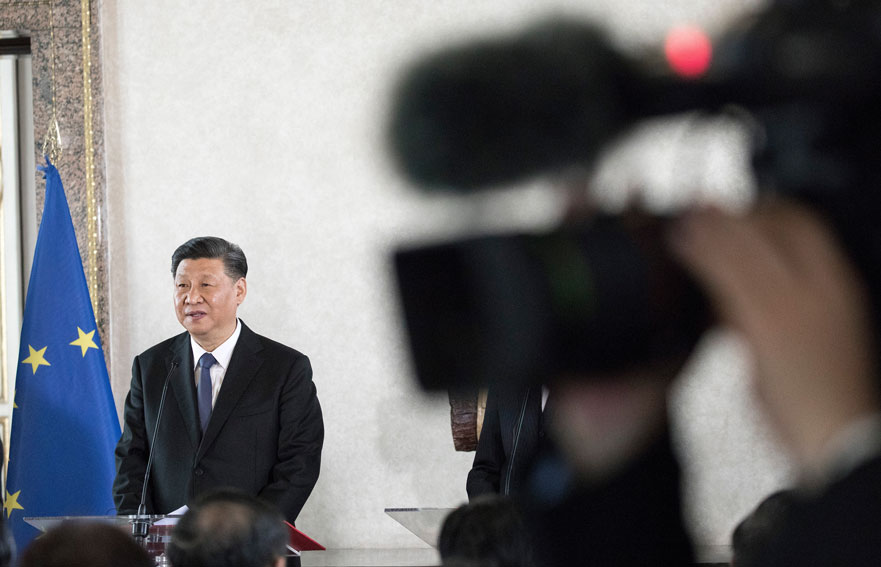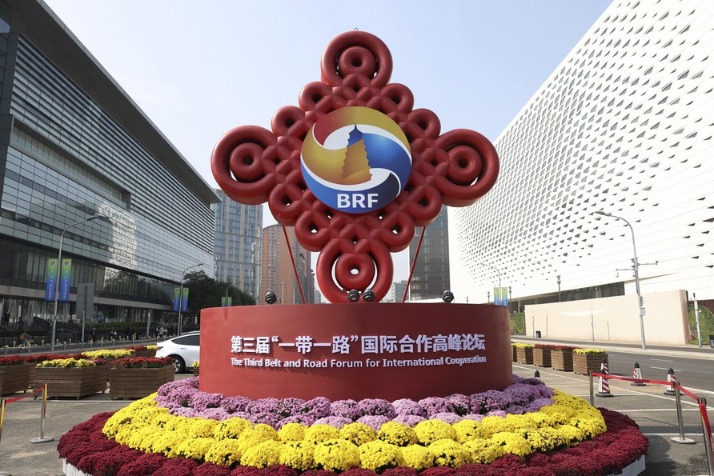






As the Belt and Road Initiative (BRI) approaches its 11th anniversary, its focus is evolving significantly, particularly in Africa. China has agreements with 152 countries, with potential costs for these projects estimated to range from US$1 trillion to US$8 trillion. Notably, 44 countries in sub-Saharan Africa are involved in the initiative, highlighting its global reach [f977835a]. In a recent announcement, China revealed plans to revise its investment strategy in Africa, emphasizing agriculture, green energy, and critical minerals. At the 2024 Forum on China-Africa Cooperation (FOCAC) summit, China allocated US$51 billion for lending and investment, alongside a credit line of 210 billion yuan (approximately US$29.5 billion) [f3611823].
In response to increasing environmental concerns, future BRI projects will prioritize green infrastructure and energy solutions, aligning with global sustainability goals [f977835a]. President Xi Jinping pledged to establish 100,000 mu (6,666 hectares) of agricultural demonstration areas and send 500 agricultural experts to Africa, showcasing a commitment to enhancing agricultural productivity [f3611823]. The Asian Infrastructure Investment Bank (AIIB), which has expanded to 109 member countries, is expected to play a crucial role in funding these initiatives. This shift towards multilateral development banks reflects a broader strategy to enhance China's influence while addressing the financial needs of participating countries [f977835a].
The focus on critical minerals, particularly cobalt and lithium, is increasing as geopolitical tensions drive China to strengthen its ties in Africa. This move is also seen as a response to competition from the US and EU for Africa's resources [f3611823]. However, smaller projects, while potentially improving China's international image, still face significant risks, including the challenge of unpaid debts, as evidenced by Nepal's recent request to convert a loan into a grant [f977835a].
Emerging nations, including Brazil, are increasingly showing interest in joining the BRI, particularly as Western countries grapple with political and economic challenges. This trend allows China to capitalize on its strengthened position in the global landscape [b8de5fc0]. The Brics grouping continues to expand, with new members such as Iran, Egypt, and the UAE, further complicating the traditional dominance of Western nations in trade and investment [b8de5fc0].
Poland's strategic location and its role in the Western alliance are critical as it navigates its relationship with the BRI amidst the ongoing Russia-Ukraine conflict. Poland's economic ties to Germany mean that it closely monitors German policies towards China, particularly the recent 'de-risking' strategy, which may influence its own approach to the BRI [9e51459d].
In the context of sustainable development, China aims to realize the right to development through initiatives like the BRI, the Global Development Initiative, and the Silk Road Fund [a8b8825c]. Since the adoption of the 17 Sustainable Development Goals (SDGs) in 2015, China has made significant strides, eliminating rural extreme poverty by 2020 and contributing to 20% of global poverty reduction from 2015 to 2022 [a8b8825c]. However, predictions indicate that 590 million people will still be in extreme poverty by 2030, with only 17% of SDG targets likely to be met [a8b8825c]. UN Secretary-General Antonio Guterres has cited COVID-19, conflicts, and climate chaos as reasons for the lack of progress [a8b8825c].
The BRI's focus on technology and connectivity is also evolving, reflecting the changing needs of participating countries. However, for the initiative to be sustainable, it must address climate and ecological demands and ensure stronger engagement from recipient countries [9e51459d]. The OECD's report on a global infrastructure investment deficit of USD 0.35-0.37 trillion annually underscores the urgency for enhanced cooperation [9e423cfb].
In the context of EU-China relations, the BRI presents both challenges and opportunities. While 18 EU nations have participated in the BRI since its inception, the EU remains cautious about formalizing agreements due to concerns over potential debt traps associated with BRI projects [9e423cfb]. The Hungary-Serbia Railway project, a significant BRI endeavor, faced scrutiny and delays from the EU, illustrating the complexities of EU-China economic cooperation [9e423cfb]. As the BRI continues to evolve, a cohesive EU strategy will be essential to enhance its global influence amidst internal fragmentation and external pressures [9e423cfb].
In light of the upcoming COP29 in Baku, Azerbaijan, there is a growing discussion on how climate action can align with the BRI. Magsud Mammadov highlights that the BRI, which has over 140 countries involved and about US$1 trillion invested, can serve as a platform for promoting sustainable practices. The Belt and Road Initiative International Green Development Coalition (BRIGC), established in 2019, aims to enhance green initiatives within the BRI framework. In 2023, China led global investments in green technology, contributing US$676 billion and accounting for a 38% share of the market. Investments in green energy under the BRI reached US$7.9 billion for solar and wind projects and US$1.6 billion for hydropower. Looking ahead, China plans to invest over US$6 trillion in low-carbon power generation and clean energy technologies over the next two decades [f7892d14].
COP29 is seen as an opportunity to facilitate partnerships and knowledge sharing to enhance these green initiatives, although challenges remain, including balancing economic growth with environmental responsibility and securing consistent funding. Successful projects like the 230MW Garadagh solar power plant and the 1,280MW Mingachevir thermal power project exemplify sustainable infrastructure efforts that could be expanded through the BRI [f7892d14].